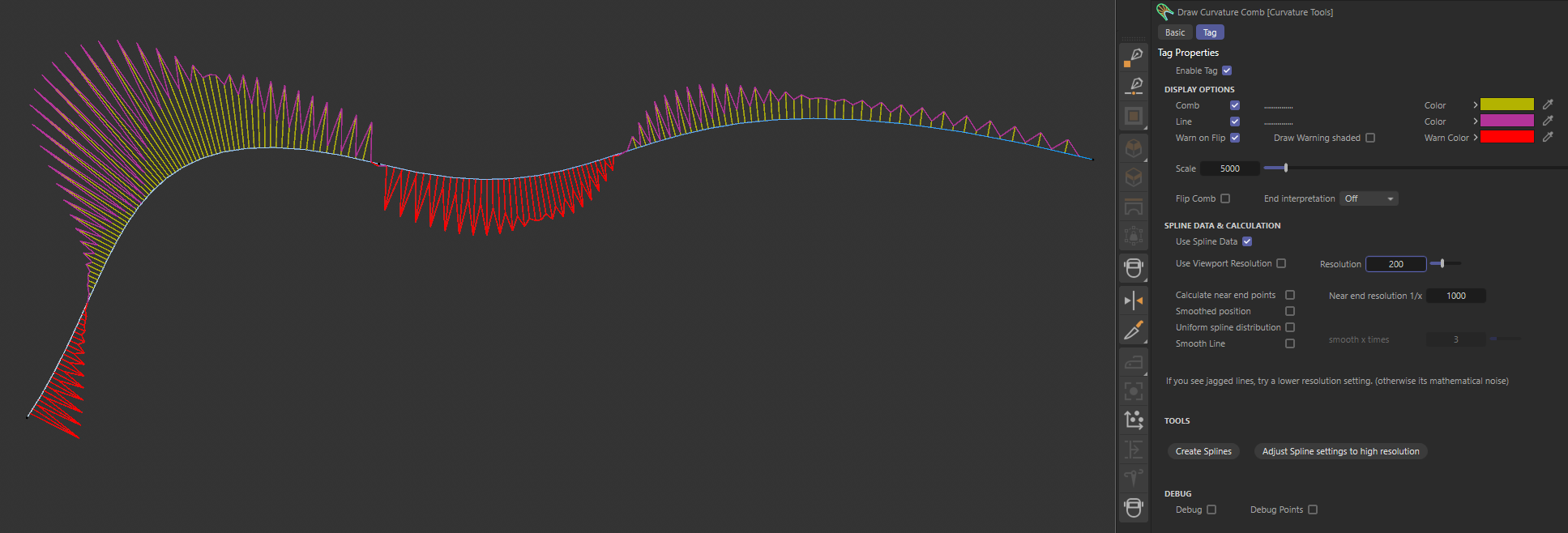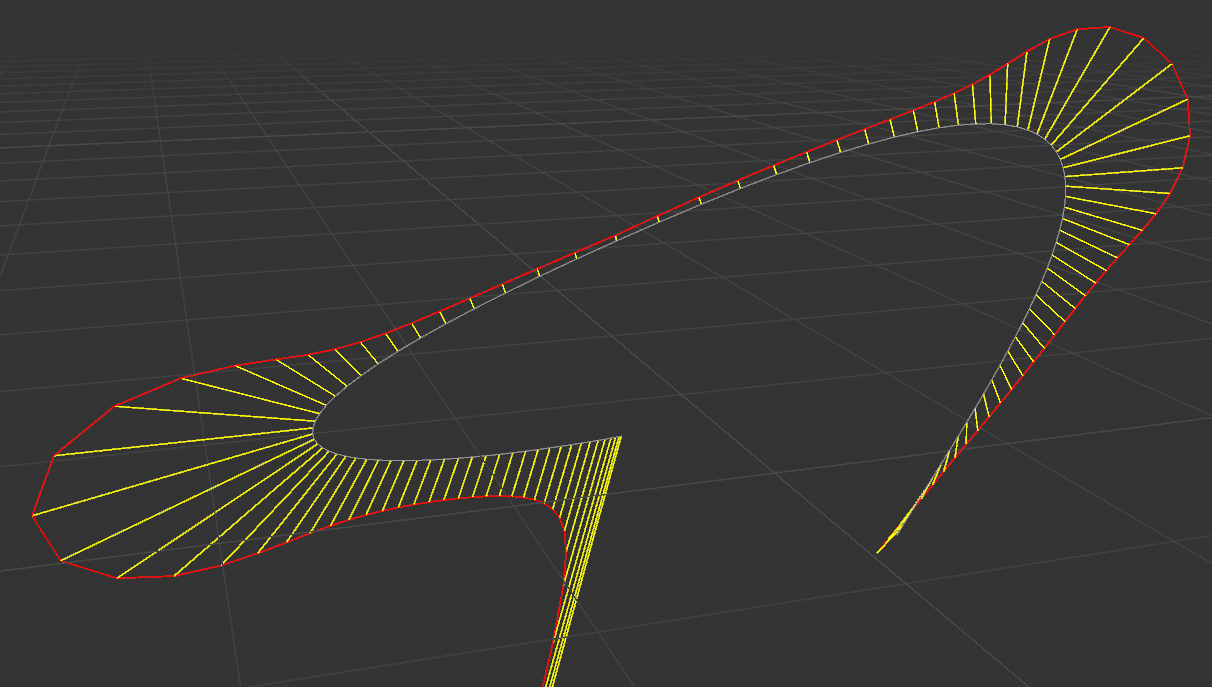Hi ferdinand,
Thank you for your time please do not prioritize this conversation, I feel bad for hijacking your time.
Heavy Scene from above
disable all drawing operations (Anim Without View, No Ui Update) looks fine i guess
Total rendering time: 648.58 ms
Single-threaded rendering time: 566.39 ms
Single-threaded finalizer time: 0.00 ms
Multithreaded rendering time: 82.19 ms
Multithreaded rendering 12.673 %
Kernel execution time: 82.19 ms
Worker idle time: 0.00 ms
Worker sleep time: 0.00 ms
Threading efficiency 100.000 %
Expected scaling would be about 3.611 x
I am expressing myself not precise enough.
its not about the raw FPS I am worried about, 11 FPS on our vehicles is fine I guess. what keeps me up at night is these recurring stutters when moving the camera through the scene (no animation just looking at stuff)
and things like the time to see a simple cube in a empty scene - it always feels laggy or you could say delayed
or how the Live selection circle lags behind the mouse pointer (empty scene)
oversimplified example:
Heavy scene FPS graph ( 0, 0, 0, 11, 11, 11, 11, 0, 0, 11, 11, 11, 11, 0, 0, 11, 11 )
Cube creation FPS graph ( 0, 0, 0, 60, 60, 60, 60, ... )
Plugin related this is more or less what started this hunt .... :
I can interact with my Draw line Plugin (that is not the state of the plugin its evolved now but to give a exaple) on my:
- laptop with ~60 FPS (Quadro 2000)
- on my private PC with R20 with ~200+ FPS (RTX 4080)
- on my workstation with ~8 FPS (RTX 3090)
yes crawlingly slow
the plugin performance depends on Viewport size and point number but the difference repeatable between these "test" machines.
(Cinebench 2024.1 - GPU Test 3090 ~ 17000 points 25Minutes continuous) Feels fine
cheers

![2025-10-27-Cinema 4D 2025.2.1 - [Untitled 1 _] - Main_001065.png](/forum/assets/uploads/files/1761567924397-2025-10-27-cinema-4d-2025.2.1-untitled-1-_-main_001065.png)
![2025-10-27-Cinema 4D 2025.2.1 - [Untitled 1 _] - Main_001066.png](/forum/assets/uploads/files/1761567924411-2025-10-27-cinema-4d-2025.2.1-untitled-1-_-main_001066.png)

![2025-02-18-Cinema 4D 2025.1.2 - [Untitled 2 _] - Main_000813.png](/forum/assets/uploads/files/1739876590252-2025-02-18-cinema-4d-2025.1.2-untitled-2-_-main_000813.png)


